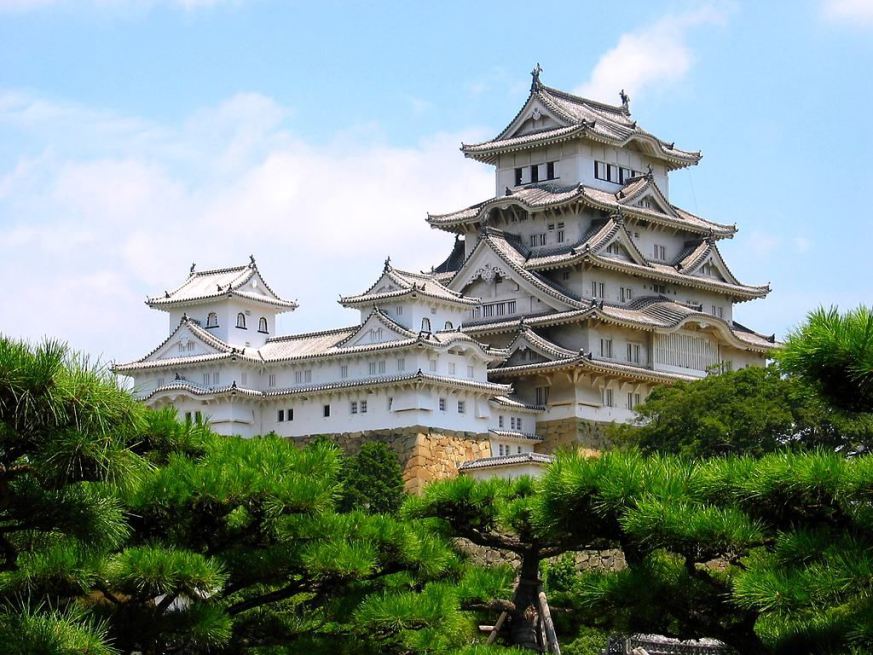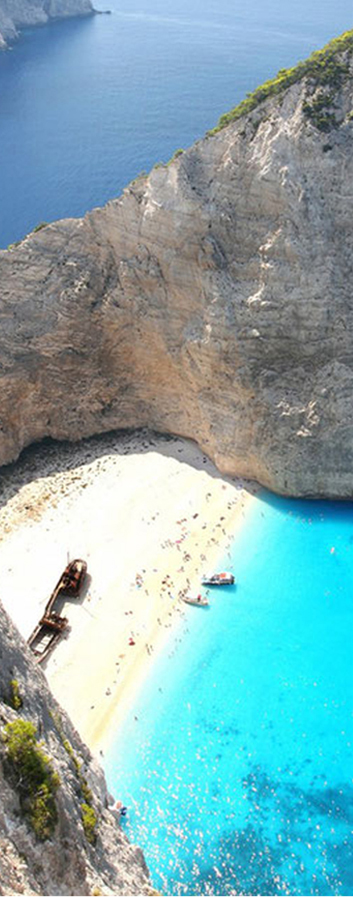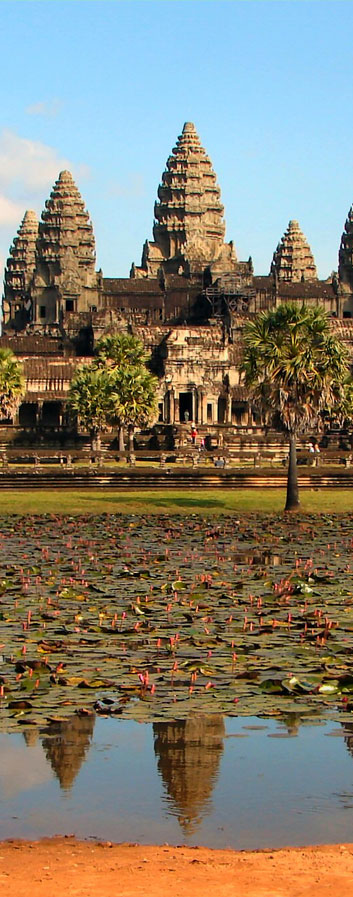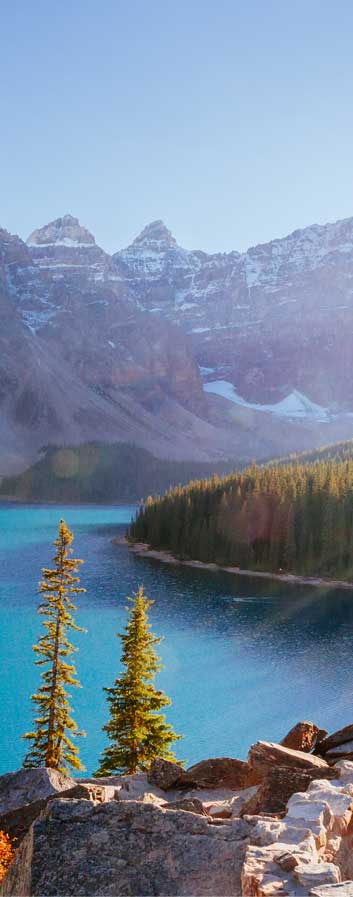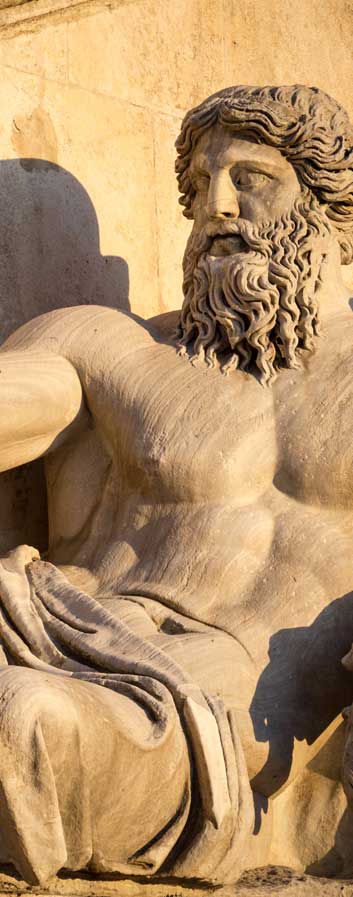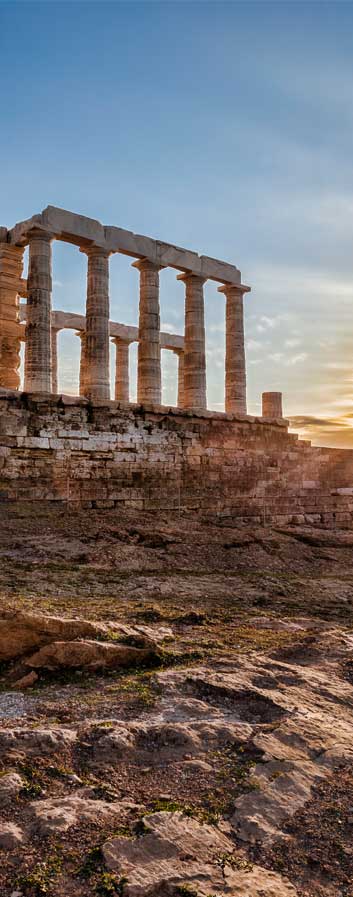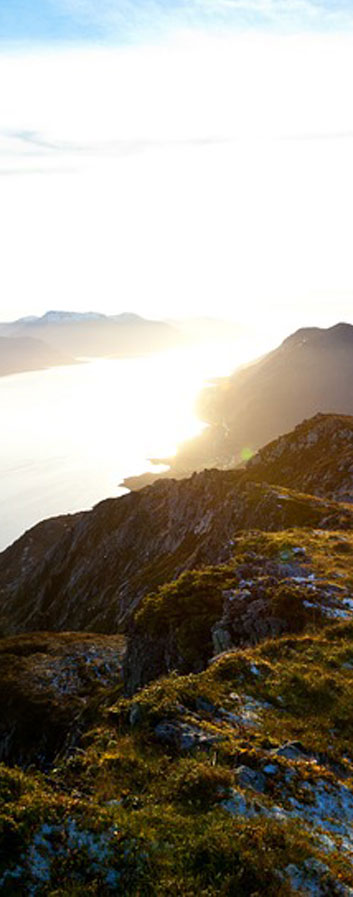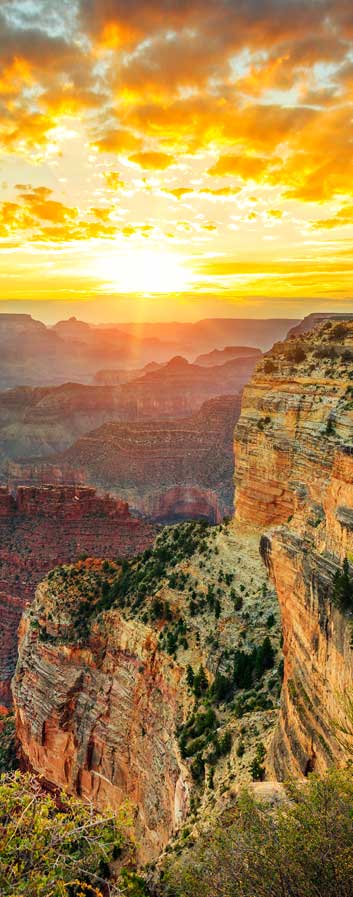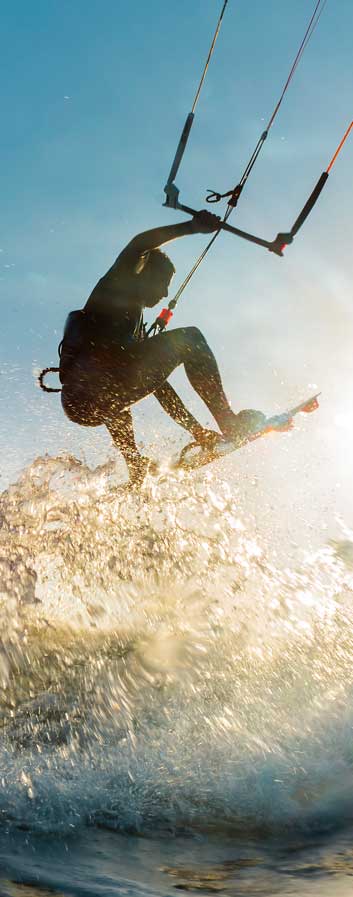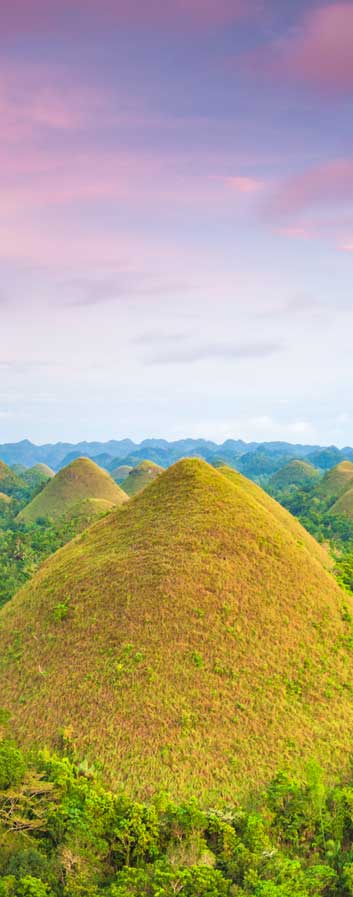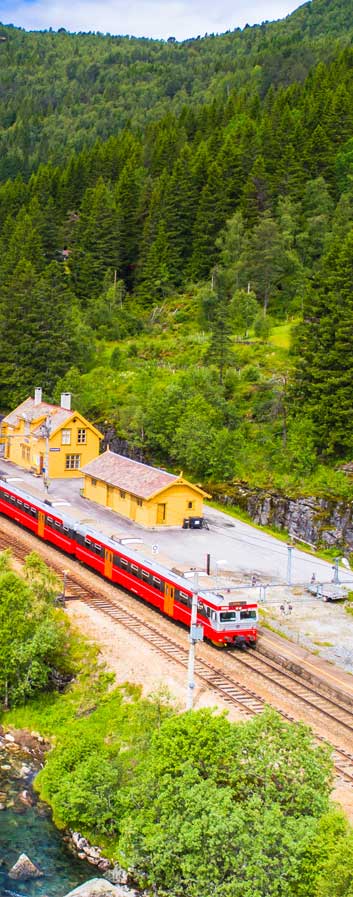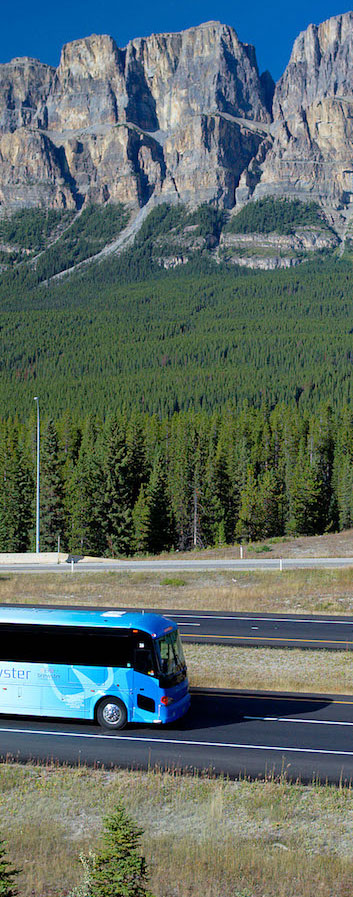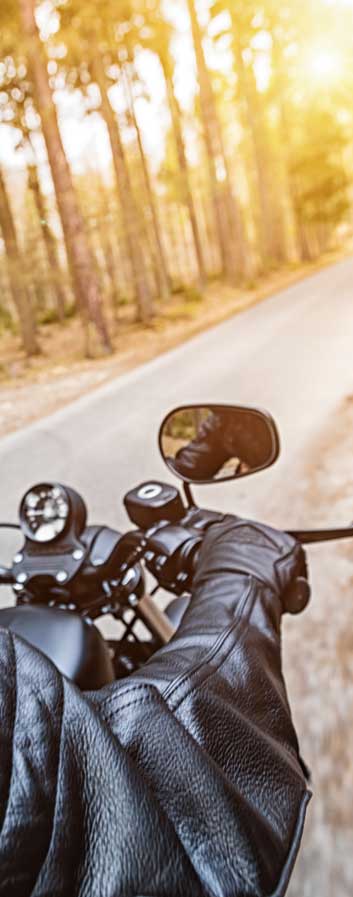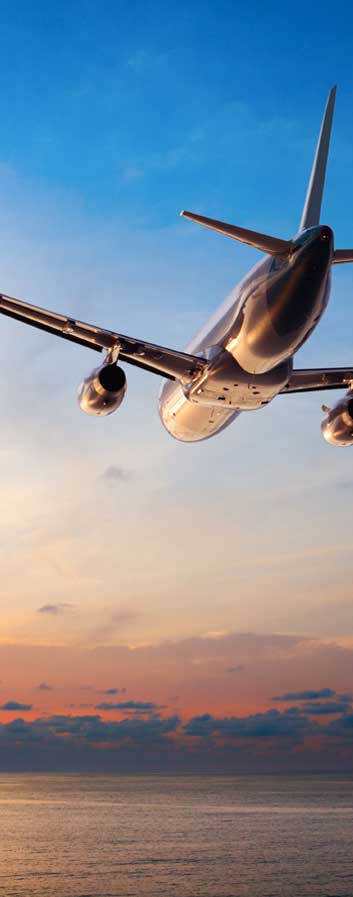Fukuoka
Fukuoka is Kyushu's largest and one of Japan's ten most populated cities. Because of its closeness to the Asian mainland (closer to Seoul than to Tokyo), Fukuoka has been an important harbor city for many centuries and was chosen by the Mongol invasion forces as their landing point in the 13th century.
Today's Fukuoka is the product of the fusion of two cities in the year 1889, when the port city of Hakata and the former castle town of Fukuoka were united into one city called Fukuoka. Hakata remains the name of one of Fukuoka's central districts and of the main railway station.
The Hakata Gion Yamakasa is one of the most interesting festivals in Japan. It is held every year during the first half of July and climaxes with a spectacular time trial race in the early morning hours of July 15. In the race, seven neighborhoods of Fukuoka's Hakata district compete in pushing beautifully decorated festival floats along a five kilometer long course through the city.
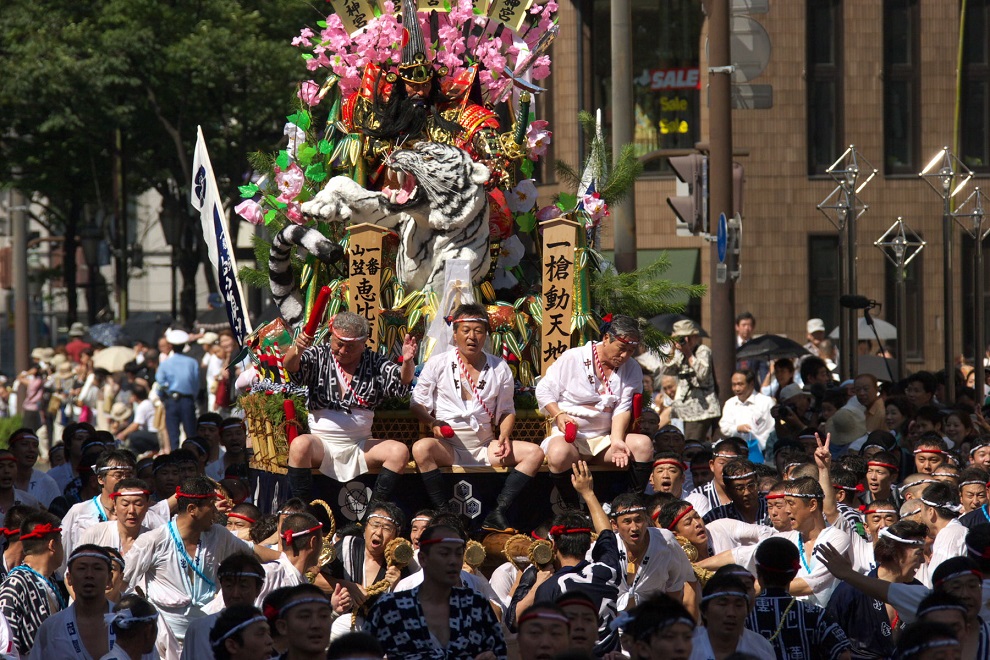
Fukuoka's open air food stands are possibly the city's best known symbol. Yatai can generally seat about seven or eight people and provide an atmospheric outdoor environment to enjoy various foods that are generally simple and filling. There are over 150 yatai scattered across Fukuoka but the best place to find them is on the southern end of Nakasu Island. Located in the middle of the city, Nakasu Island has a long row of around 20 yatai that are attractively situated along the water. Typical dishes enjoyed at yatai are grilled chicken skewers (yakitori), hot pot (oden) and most famously Hakata Ramen, a local noodle dish featuring relatively thin ramen noodles in a pork bone based soup (tonkotsu). Various alcoholic drinks are also available, and help make the yatai a great place to get in touch with the locals, although many of the "locals" happen to be Japanese tourists visiting Fukuoka from other parts of Japan.
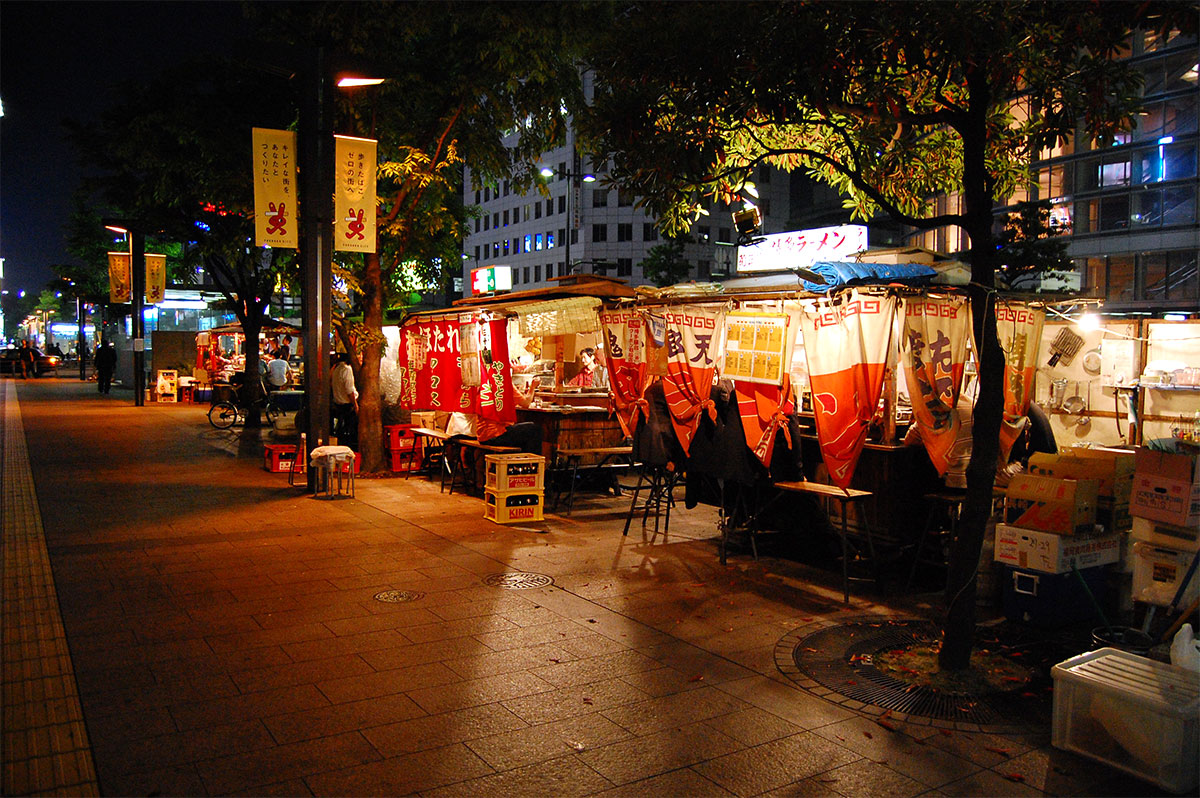
Uminonakamichi Seaside Park, is a sprawling, family oriented public park located on a narrow peninsula across the bay from central Fukuoka. The park is made up of several different areas including flower gardens, playgrounds, an amusement park with ferris wheel, sports fields, a water park, a zoo and large open spaces and lawns perfect for picnicking.
Uminonakamichi Seaside Park measures nearly four kilometers from end to end, and many visitors will find it too expansive to cover on foot. To make the park more easily explorable, there is a network of cycling trails, and bicycles can be rented at the entrance gates for 400 yen per three hours or 700 yen per day. Alternatively, there is a train (on tires) that circles the park and costs 300 yen per ride or 500 yen for a 1-day pass.
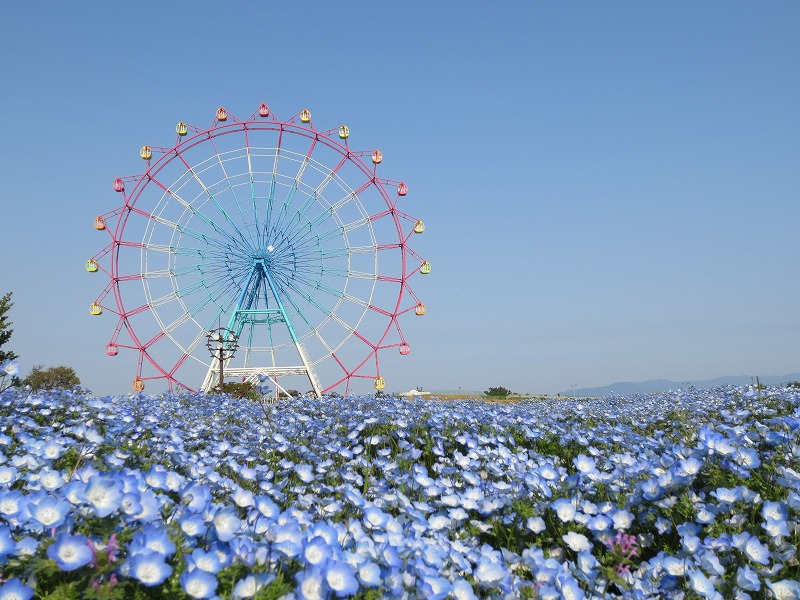
Ohori Park is a pleasant city park in central Fukuoka with a large pond at its center. There is a walking path around the circumference of the pond that is just a little over two kilometers long and is popular for jogging, walking pets and leisurely strolls by the water.
Ohori is Japanese for moat, and the pond at the center of the park once served as part of the moat system of the neighboring Fukuoka Castle. The park was constructed between 1926 and 1929 and designed after the classical garden style of the West Lake in China. There are three islands in the middle of the pond that are connected to the mainland and each other by elegant stone bridges.
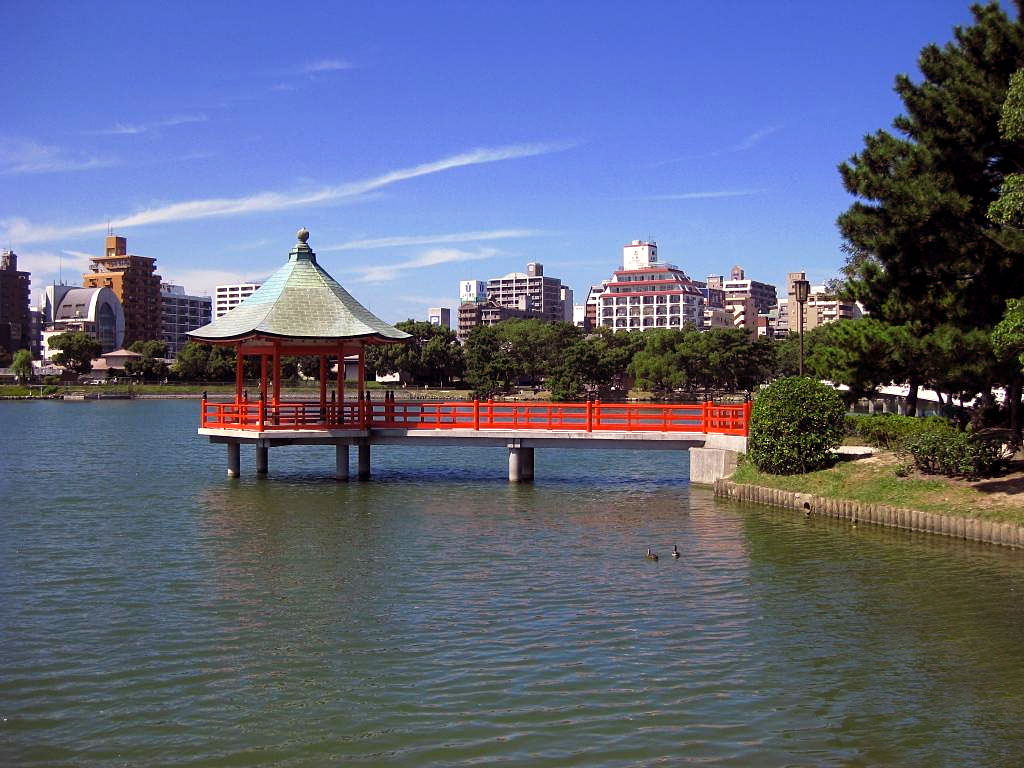
Shofukuji has the distinction of being the first Zen temple constructed in Japan. It was founded in 1195 by the priest Eisai, who introduced the Rinzai sect of Zen Buddhism from China into Japan. Although the temple buildings cannot be entered, visitors can walk through Shofukuji's attractive temple grounds and observe the buildings from outside.
Before Zen's introduction to Japan, Buddhism has already had a long history in Japan dating back to the 500s. The new teachings of Zen, which Eisai amassed during his travels in China, promoted meditation and discipline as the means to enlightenment and became very popular with the samurai class, which was exerting political power through the shogunate government based in Kamakura.
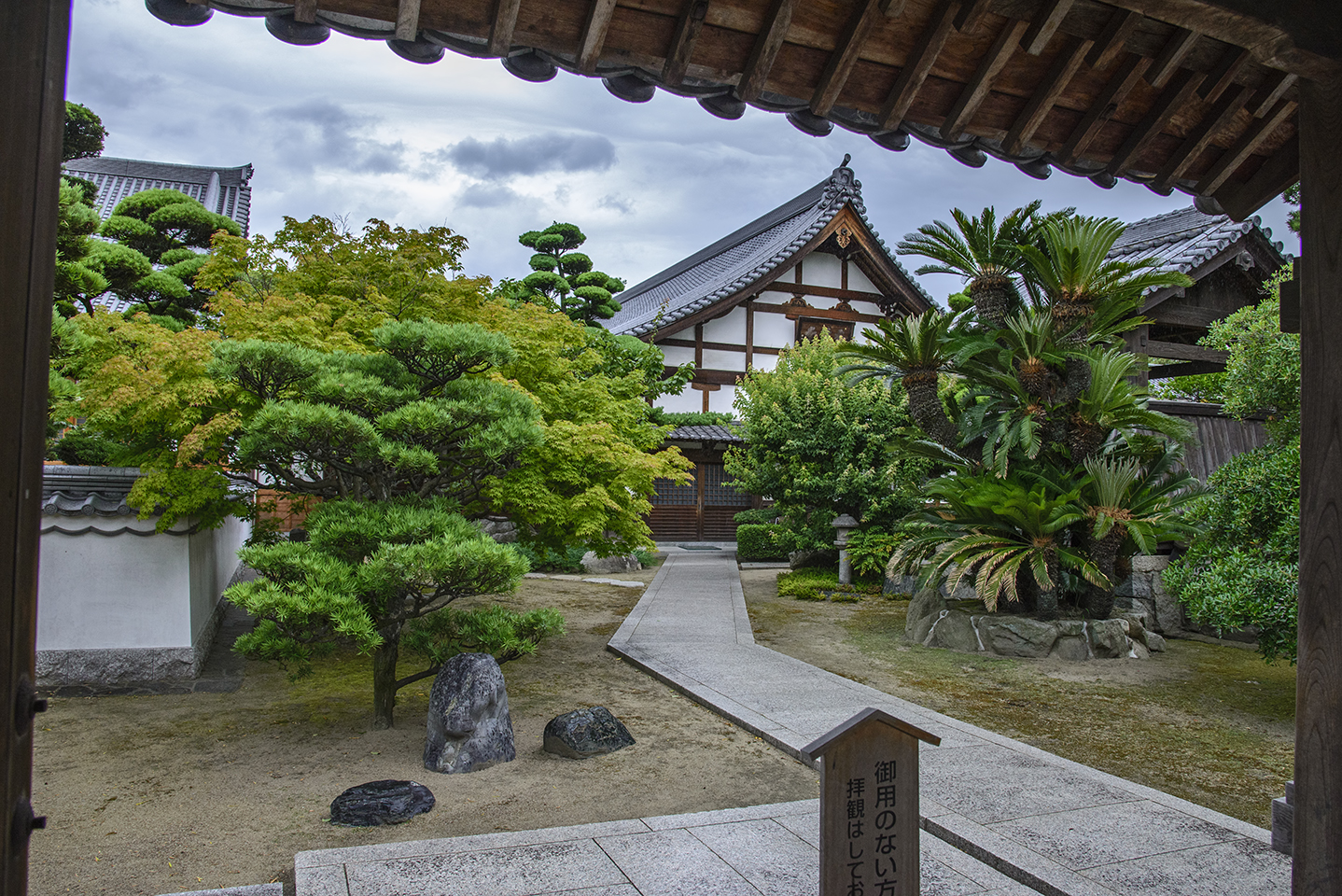
Seaside Momochi is Fukuoka's modern waterfront located on reclaimed land along Hakata Bay. The area was originally developed as the site of the 1989 Asia Pacific Expo and was designed with attractive, modern features such as wide, tree lined streets, futuristic buildings, public parks and no phone or electricity lines above ground.
Seaside Momochi is home to several attractive amusements including beaches, museums and a variety of shopping and dining options. The main attractions are centered around Fukuoka Tower and the Hawks Town entertainment complex, which are located about one kilometer apart.
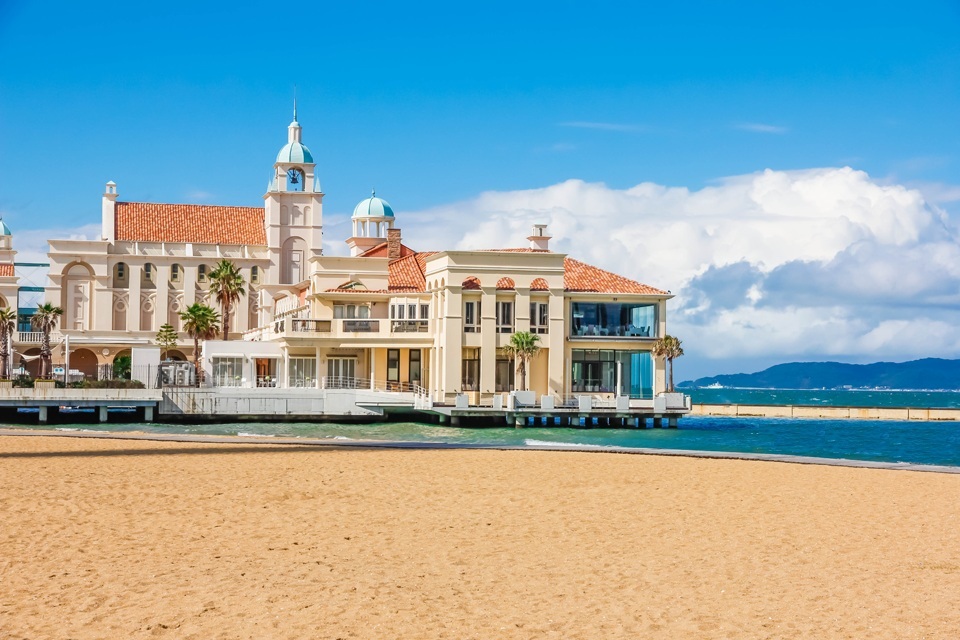
Canal City Hakata is a large shopping and entertainment complex, calling itself a "city within the city". Attractions include about 250 shops, cafes and restaurants, a theater, game center, cinemas, two hotels and a canal running through the complex.
Visitors, who are planning on shopping, will likely be able to find something of interest in one of Canal City's many stores, whether it be in a shop unique to Japan or a branch of an international company. There is also a wide variety of restaurants, offering Japanese and international food, that generally have reasonably priced menus. The fifth floor consists of the "Ramen Stadium", which has eight ramen shops with noodle dishes from across Japan, including the local specialty Hakata Ramen.
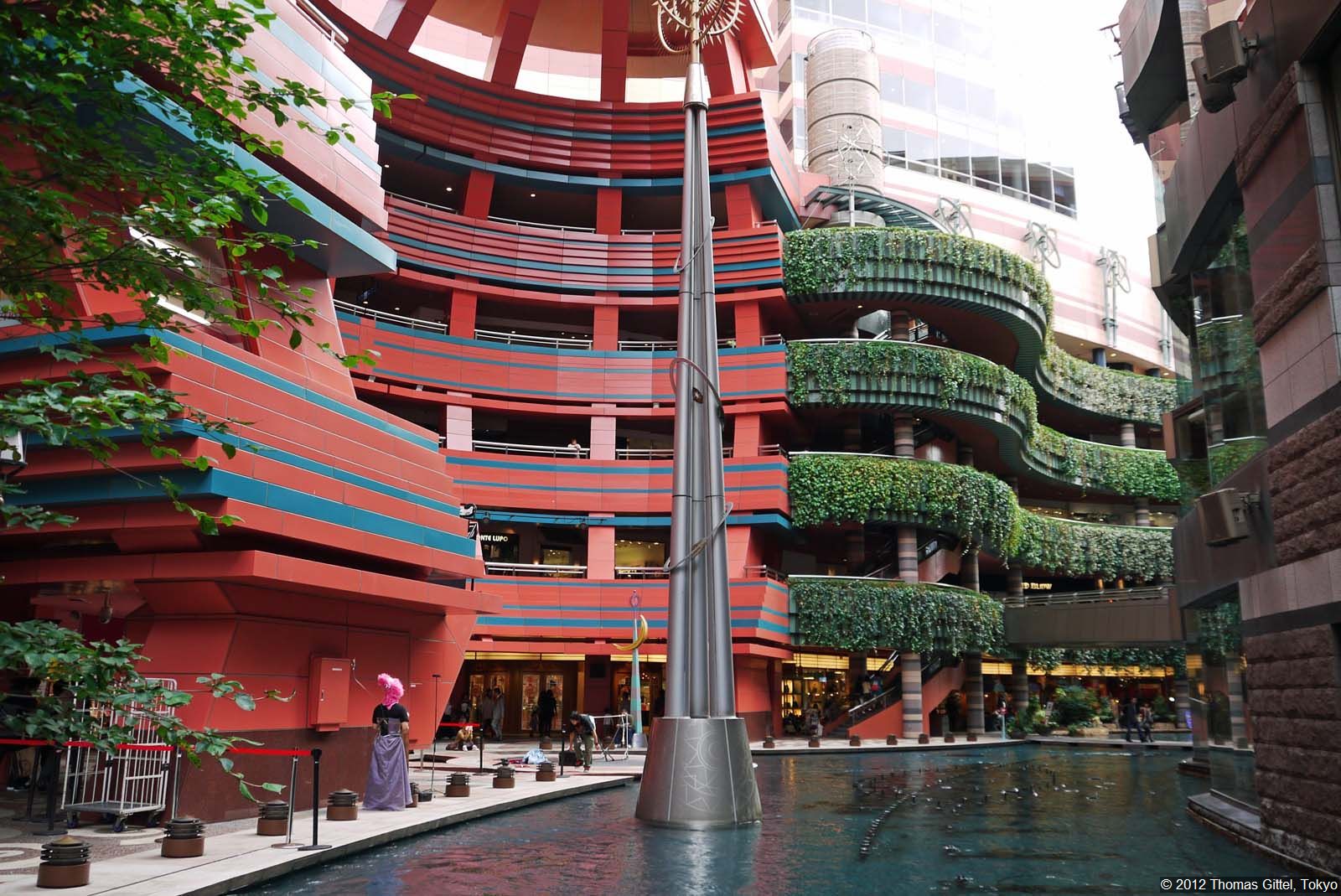
The ruins of Fukuoka Castle are located in the middle of the city in Maizuru Park, named after the castle's alias, Maizuru Castle. During the Edo Period (1603-1867), Fukuoka Castle used to be the largest castle on Kyushu, but it was almost completely torn down after the Meiji Restoration as an unwanted symbol of the feudal past. Nowadays only ruined walls and a few turrets remain, and the park attracts visitors with walking trails and a few lookout points.
Fukuoka Castle was built in the beginning of the 17th century by Kuroda Nagamasa, who was appointed lord of the surrounding Chikuzen feudal domain (part of today's Fukuoka Prefecture) for his support of Tokugawa Ieyasu during the battle of Sekigahara. The Kuroda clan ruled from the castle for more than two centuries until the abolition of the feudal system in 1870.
